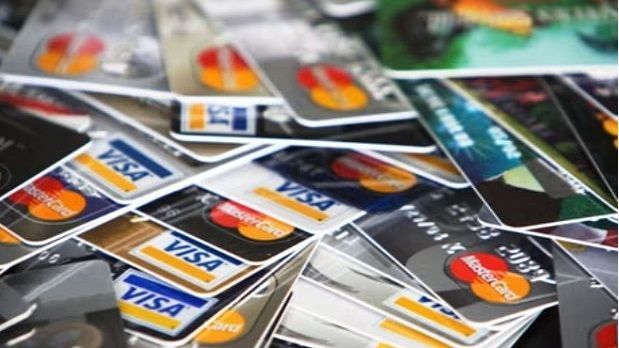Pay Off Credit Card Debt in 6 Steps
Taming the Credit Card Beast: Your Guide to Freedom from Debt

First of all, it is important to understand that a credit card or overdraft loan is like a revolver loan in the sense that it provides a line of credit that can be used repeatedly, up to the approved limit. This means that it can be used as many times as you like and pay back, without any further approval from your finance provider. This is of course subject to your pre approved limit.
A credit card can be used interest free if you use it and pay off your balance in full within the interest free period. If not, interest will be applied to the balance, usually starting from the day of transaction. Some credit cards offer some kind of insurance, like purchase protection or other benefits. Check your card agreement for details.
Note that credit cards sometimes have different interest rates for different types of transactions. For instance, cash withdrawals typically incur a much higher interest rate than normal purchase transactions.
Also note that when you pay the minimum balance, it tends to be applied to clear your newest transactions that aren’t accruing interest yet. So, if you have any old transactions, interest will continue to be charged on them. Therefore, if not carefully managed, your credit card account balance can steadily increase and spiral out of control.
Overspending and not managing repayments responsibly can easily lead to debt and financial hardship.
You MUST be DISCIPLINED and COMMITTED to paying off your balance.
Actions You MUST Take Now
1) If you have more than one credit card or loan
- Check your credit card agreement(s) to find the interest rate on each.
- Check your payment cycle on the agreement. Interest is normally calculated on a 30-day rolling cycle.
- Find out the interest free period you may have.
2) Determine the minimum amount you must pay on each credit card monthly
Set up a direct debit or standing order payment to ensure you never miss any. You’ll also see all the above information on your card statement. Might be best to use your latest card statement as it will contain updated terms.
3) Pay extra into your credit card account immediately after your direct debit payment clears
If your payment goes out on the first day of every month, interest for the new cycle will start running from the very next day. That means, if your additional payment is made on the 2nd, total interest charged to your account will be less that month. You can pay in extra as many times as you want. The sooner the better.
4) If you have multiple credit cards with different interest rates, set up standing order payment for the minimum on each card
Focus on paying off the card with the highest interest rate. All your additional payments should go into the card with the highest interest until cleared. Repeat the process for the next card with the highest interest rate.
5) Understand the interest rate structure of each credit card
Don't just look at the advertised interest rate. Different transactions can attract different interest rates. For instance, card A may have a 10% standard interest rate and lets say, 39% cash withdrawal interest. But card B may have a lower standard interest rate of 8% and cash withdrawal rate of 49%. If you focus on paying off card A because the top line rate looks lower, you’ll be haemorrhaging money on card B, if you've used your cash withdrawal option on both cards. Study the interest rate structure of each credit card and always prioritise paying off the balance with the highest interest rate first, regardless of the standard or top line interest rate.
6) If you are struggling, call your card provider and talk to them honestly
Tell them you can't afford to pay their minimum requirement but that you are DETERMINED to pay off what you owe. Tell them what you can afford to pay each month. Don't be too optimistic with the amount. If you can afford to pay £10 monthly, tell them £5 or even £1. But also insist that you want to RESERVE the RIGHT to pay extra, as much as you can, as soon as you can. This will ensure that you can conveniently reduce your minimum payment requirement to £5 or £1 monthly or whatever amount you agree with them. Make sure you pay the extra, as much as you can, every month, or as soon as you can. The sooner the better.
7) This EXTRA step is for you if you have multiple debts and are struggling to keep up with all your commitments
- Loan consolidation: get a loan (if you can, offer a collateral to get cheaper interest rate) and use the loan to pay off all your credit card debts, then focus on paying off the loan per your loan agreement.
- Balance transfer: if you have the option, transfer your credit card balance to a 0% card. Some credit cards offer 0% for a specified time period after which they charge interest. Interest will normally be charged from the date of transaction. So, check your agreement carefully and make your own summary of the key points.
Be disciplined and implement the payment plan. Doing this will reduce your balance quickly and relieve you of the stress. And soon, you'll be debt free and have a better credit score.
Hope that's helpful.
Like, share & leave your comment below.



